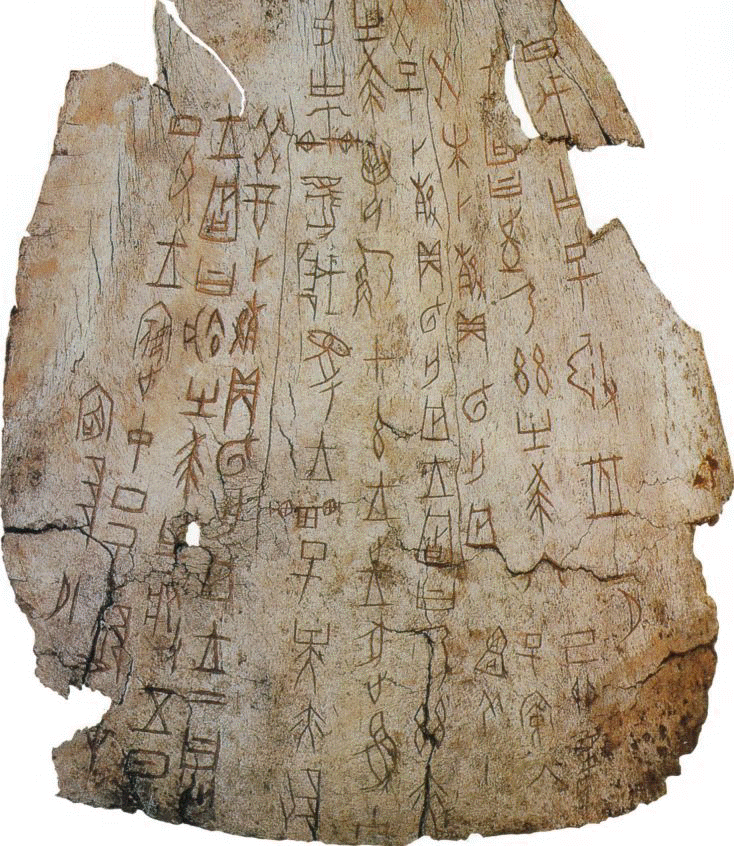The Dawn of the Written Word! Weekly Summary and Research Notes.
Lecture Summary
Today we mainly focused on exploring the evolution of human visual communication, and in turn, how it acted as a catalyst for almost all growth moving through the proceeding time periods. Starting with petroglyphs and pictographs, we touched on everything from the birth of Cuneiform, which disseminated into Phoenician precursor scripts across the Old World, to hieroglyphs, and everything in between that brought us to the alphabets that are now commonplace. Of particular interest to me were the more decorative examples of certain alphabets: the Mayan alphabet is gorgeous, as is Korean Hangul. There were a few artifacts we covered that I’m also going to back-pocket for later research; I found steles like Hammurabi’s Code and ancient alphabets like the Chinese proto-script on Chiaku Wen to be fascinating and worth exploring for some later illustration inspiration. Papermaking was mentioned as well, which I was pretty excited about, and I’m going to try my hand at it for our first history book project.
Speaking of which, my research notes!
Pulp Fiction: A True Story of the Invention of Chinese Papermaking
Prior to the invention of paper, China had a significant pool of surfaces they would use to record written word. Animal-based materials like shells, ivory, bone were common for engraving purposes and relatively inexpensive. Mineral materials however, like bronze, silver, gold and pewter were used for more officious pieces, with some of the most valuable being inscribed in jade. A noteworthy example of this practice is the famous Chiaku-wen, which is an ancient example of traditional bone and shell script, the earliest known form of writing in China at the time (1800 – 1200 BCE). At that time, the Chinese writing system was entirely pictographic.

This was succeeded by bamboo and then silk, which was a pivotal material in the progression towards what we know as paper. As the Chinese alphabet evolved to more complex forms, There’s a direct link between textiles and paper, as they were both used for writing, but it’s also thought that the fibrous residue from washing and pounding of silk and hemp rags in water laid the foundation for the introduction of vegetable fibers and the modern paper process. Common materials were tree bark, rattan, hemp and bamboo.

Manual papermaking is most often attributed to Cai Lun (or Tshai Lun), a eunuch inventor of the Imperial Court. Although early forms of paper (as mentioned previously) have existed since roughly 200 BCE, Cai Lun is credited with refining the process, turning the product into the modern form we’re now familiar with, though it’s suggested there’s chance he’s being attributed credit for the invention of someone in a lower caste.

Paper making has been iterated on many times since, but the fundamentals remain the same: a fibrous material is (usually) mechanically separated, mixed into a water slurry, then captured into some form of sheet which can later be dried. This process remains relatively unchanged and the basics are the same even to the present day!
Citations:
Joseph Needham, Tsien Tsuen-Hsuin , Science and Civilisation in China: Volume 5, Chemistry and Chemical Technology, Part 1, Paper and Printing
Cambridge University Press, Jul. 11, 1985
Judy’s Week 3 lecture and lecture notes.
Photo Attributions:
https://liunahang2008.files.wordpress.com/2014/08/e4b8ade59bbde980a0e7bab8e69caf.jpg?w=1272&h=1000
http://www.absolutechinatours.com/china-travel/paper-making-China-ancient-inventions.html
http://ranchographics.wixsite.com/level1/the-asian-contribution

Leave a Reply